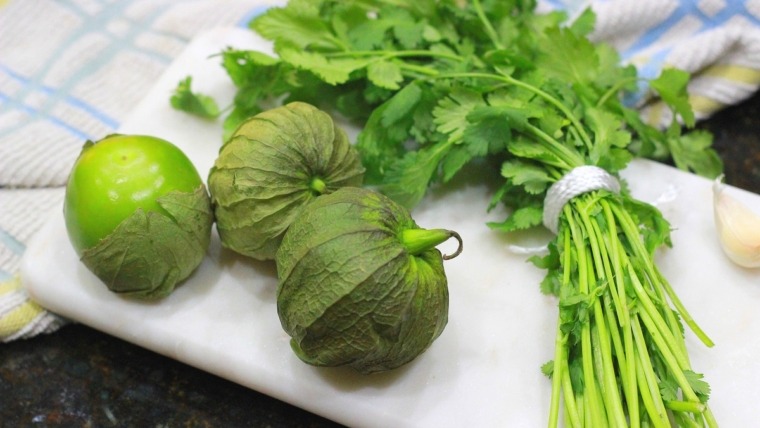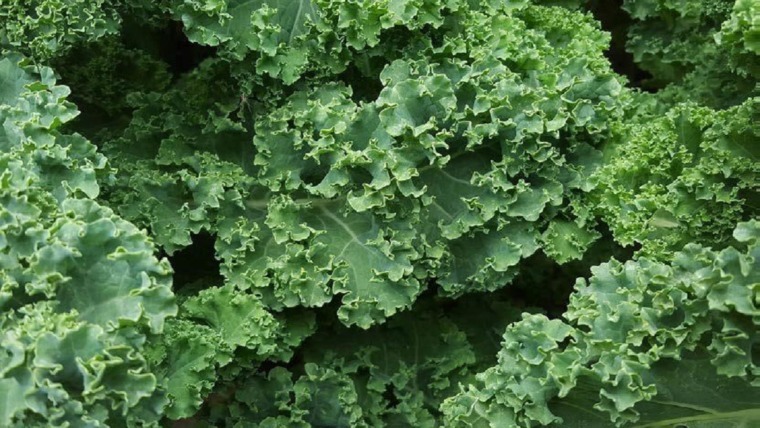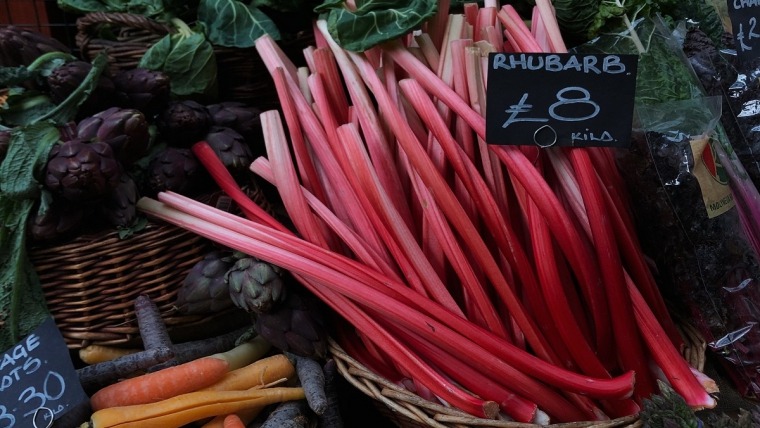Morish and Tasty - Edamame
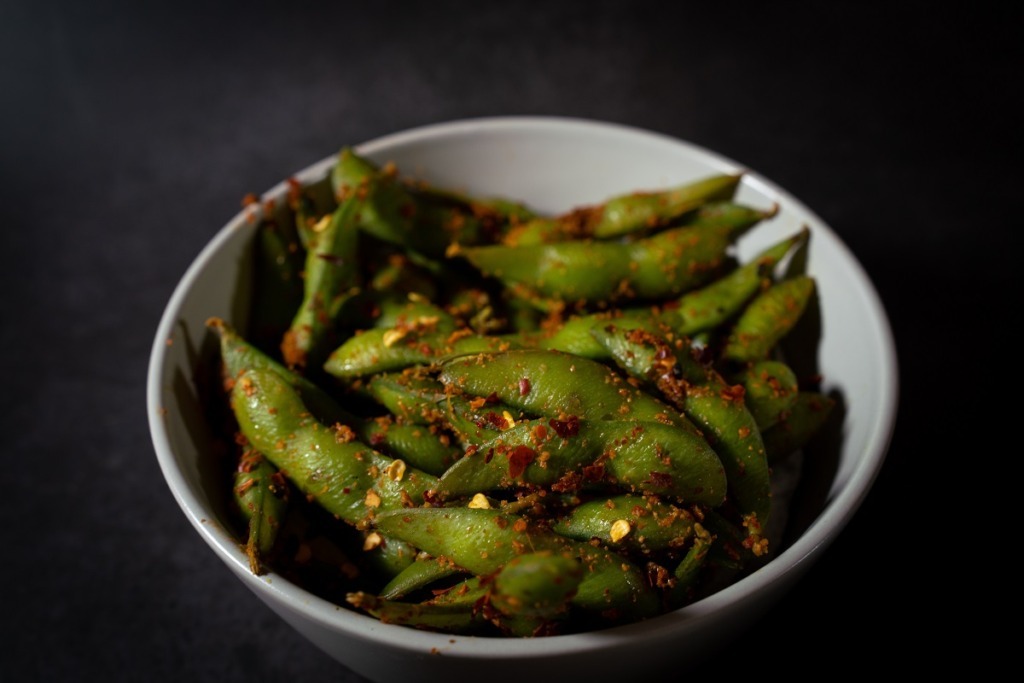
Written by Kevin Kapusi Starow
Edamame is actually a dish, rather than a particular ingredient. Though it is so yummy and unusual, we thought it was time to highlight it here.
Morish and tasty is the perfect way to describe this Japanese dish which is prepared with immature soybeans in their pod. These pods are either boiled or steamed and served either salted or accompanied by a variety of condiments. The beans can also be served outside of their pods, though are then referred to as mukimame.
Personally, I much prefer edamame, as there is something special about popping those delicious beans into your mouth whilst savoring the flavours on the outside of the pod. Scrumptious!
Edamame is a common side dish or appetizer in Japan, served accompanying an alcoholic beverage such as beer or spirits. As an ingredient, they can be found in both sweet and savory dishes alike.
The name edamame in Japanese simply translates to “stem bean”, as in a bygone era these beans were sold together with the stems still attached.
History
Cultivation of the soybean can be traced back some 7,000 years ago to China, where it was utalised in a variety of ways. The first documented use of the word “edamame” found thus far dates back to the year 1275. In a note written by a Japanese monk, Nichiren thanked a follower for leaving an offering of edamame at the temple.
During the Ming Dynasty, in China, around the year 1406, everything of the plant was said to be consumed. Apparently during one famine, even the leaves of the soybean plant were eaten. Citizens were encouraged to eat the whole beans, pod, and all, or ground them up and consume them once added to flour.
Later they were referred to, in China as maodou, which translates to “hairy bean”, which is obviously in reference to the tiny hairs, or hair-like fibres on the outside of the pods. The plants are also claimed to have medicinal attributes which were mentioned in the records of a famous Chinese vegetable garden.
In the United States, we find that this plant was being cultivated as early as the 1850s, with complaints from farmers regarding the difficulty in peeling the pods. A book, published in the United States called, “The Soybean”. Gave nutritional facts, and recipes for this new vegetable, for the country, and the time, 1923.
Though it was not until much later, in around 2008, that this bean was grown in Europe. When it was marketed as edamame, one would think of the rise in popularity of Japanese cuisine, being the main driver in this circumstance.
For Cooking
The pods are usually picked as an immature crop, prior to them fully ripening, which is usually 35 to 40 days post the first flowering. This is to enhance the sweetness of the fruit, as at this stage they contain more sucrose than if picked later in the season. The best way to pick the pods is, unfortunately, or fortunately by hand as mechanical means damage the stems and leaves of the plant.
The pods are either steamed, boiled, or microwaved, with the addition of salt just prior to serving. There are an endless variety of condiments and rubs used as additives to the pods prior to service. These vary greatly, depending on where you are, and your personal tastes, and can include any variety of these and more:
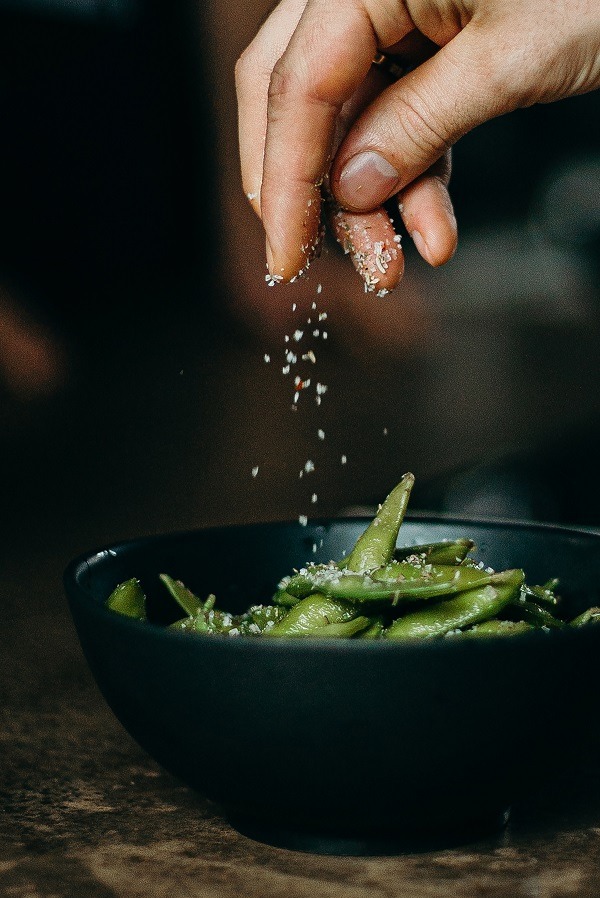
- Chili
- Citrus
- Wasabi
- Herbs
- Dashi
- Garlic
- Smoke
Edamame is a popular snack in Japanese bars or izakaya restaurants, which is a hybrid cross between a bar and a restaurant. Obviously, the beans or pods are best consumed as fresh as possible, just like any other produce.
For me, the best part of the edamame experience is popping the pods in my mouth, with the beans flying into my mouth.
Health Benefits
Edamame is fortunate in that they contain both beneficial Omega 3 fatty acids and Omega 6 fatty Acids.
They are also a perfect source of protein and dietary fiber and are used by many trying to bulk up muscle mass. So if you need a lift in your daily dose of protein, and are a vegetarian or vegan, consider the humble edamame to do the job for you. I am sure you will not be disappointed.
Morish and Tasty - Edamame Morish and Tasty - Edamame Morish and Tasty - Edamame

